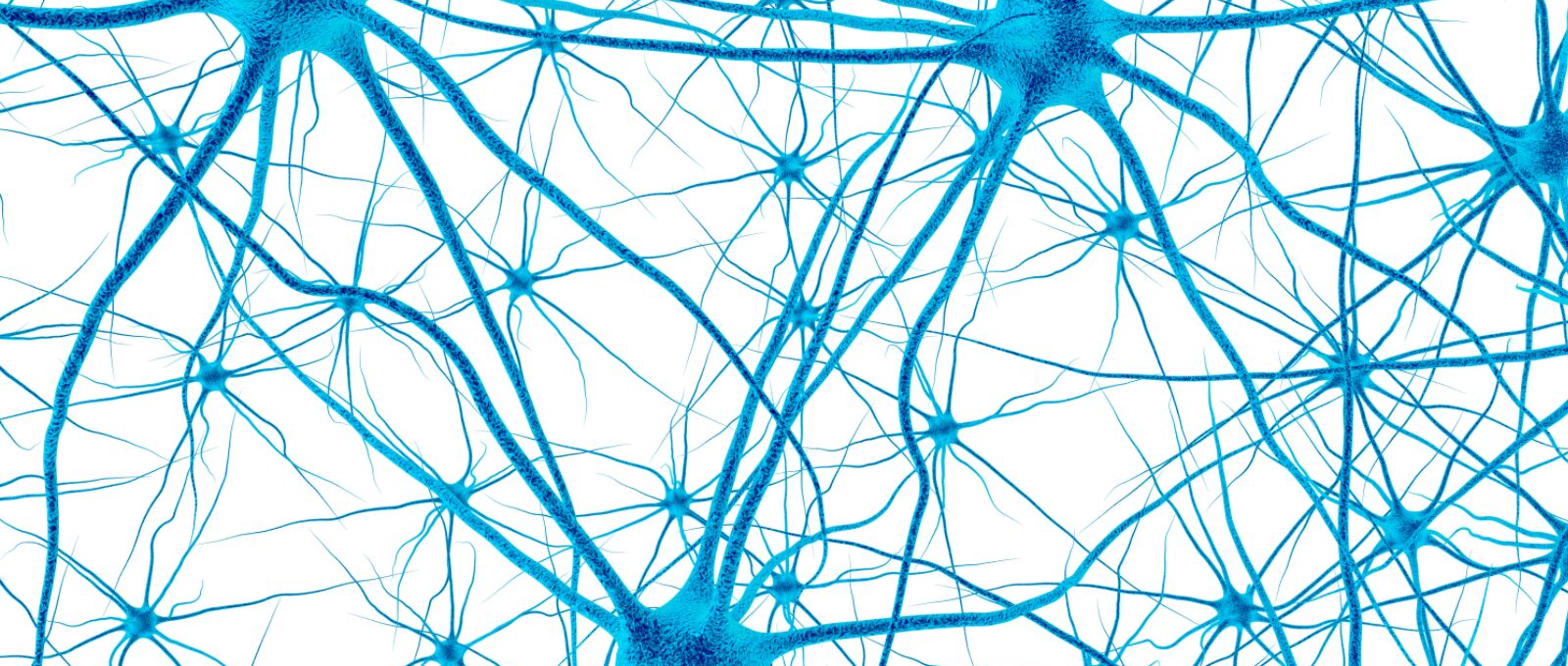Each child is walking around with a miracle perched on top of their shoulders. For a long time, the brain was a very difficult thing to study. Now powerful machines allow us to peer into the inner workings of the brain. We have a better sense of how the brain works and how it grows and develops. Need a crash course in brain development 101? This post is for you.
 Neurons: The basic building blocks of the brain
Neurons: The basic building blocks of the brain
An infant arrives in the world with about 100 billion brain cells, or neurons. Each of these has an average of ten thousand branches. This means that the possible number of connections in a new born baby’s brain is one quadrillion! What is even more amazing is that only 17% of these neurons are wired at birth. This means that the rest of these connections take place in the days, weeks, months (and yes, years!) that follow birth.
Genetics and experience
Two forces drive the development of the brain: genetics and experience. I like to think of genetics as the hard wiring and experience the soft wiring. How a baby learns language provides a good example of the combination of hard wiring and soft wiring in action. As new parents know, babies are born into the world perfectly capable of making noise – this is hard wired. However, which of the world’s 6,500 languages a baby will eventually speak is not hard wired. Her language is shaped by her the sounds she hears from her primary caregivers, siblings, and people around her. In other words, by her experience.
The neurons that fire together wire together
A child’s experiences are key to the development of the brain. Neuroscientists have a phrase to emphasize this: the neurons that fire together wire together. I explained this last week to a group of teachers at a conference:
Not all experiences are created equal
Experiences with the greatest impact on brain wiring are the ones that happen during a brain’s growth spurts. A growth spurt is exactly what it sounds like. During a growth spurt, a neuron’s branches go into explosive over-production. At this time, experience comes into play. The neural branches that fire together connect while those that don’t fire eventually wither back and die. That means, it’s “survival of the busiest” during growth spurts.
Windows of opportunity
Scientists call the hyper-growth “blossoming” for obvious reasons, and they call the withering back process “pruning.” But what is doing the pruning? The answer is, experience! Experiences during a growth spurt impact the brain’s wiring more than at any other time in our life. Growth spurts are incredible windows of opportunity and sensitivity when children’s brains hold the most potential for growth and vulnerability.
So what?
We may not have a lot of control over our children’s genetic wiring, but we sure can shape many of their experiences. We need to give our kids’ brains plenty of opportunities to “practice” the things they need to thrive – from connection to impulse control to exploration to language. This is also why we need to pay attention to the media that they watch, play, and interact with.
The entire adventure of parenting and caregiving takes place during a powerful window of opportunity where experience counts. Let’s make the most of it.